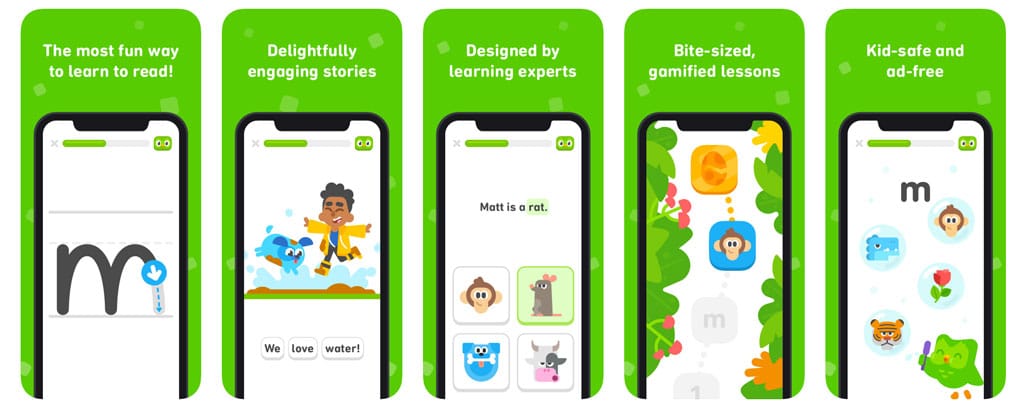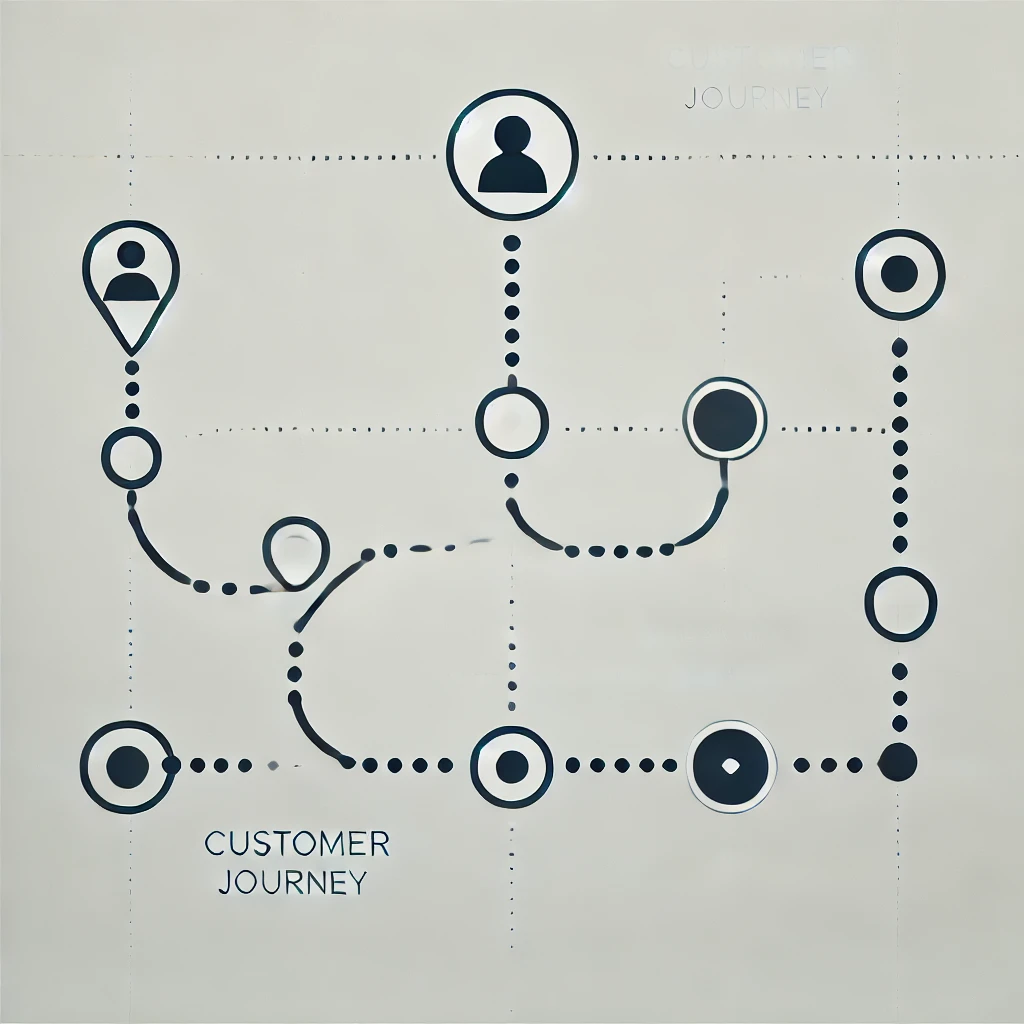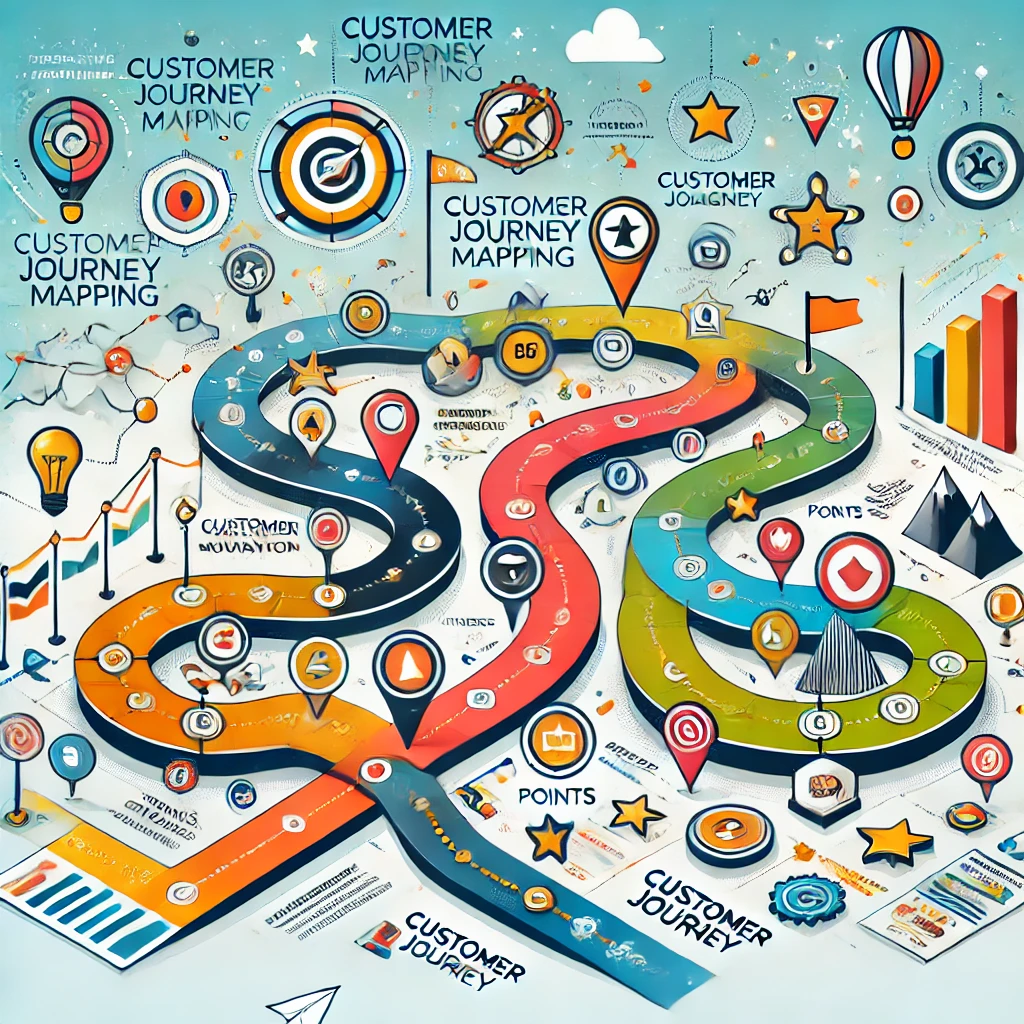In today’s fiercely competitive market, creating an exceptional customer experience is key to standing out. Transforming mundane tasks into thrilling adventures that captivate and engage your audience—this is the power of gamification. By infusing game mechanics into everyday interactions, brands can turn routine experiences into rewarding journeys. Meanwhile, having a clear map that shows every step your customers take with your brand, revealing where they feel delighted or frustrated, is the magic of customer journey mapping. When these two strategies come together, they don’t just elevate customer satisfaction and loyalty; they craft a seamless, captivating narrative that keeps customers coming back for more.
What is Gamification?
Gamification is the process of integrating game mechanics—such as points, badges, leaderboards, and challenges—into non-game environments to enhance user engagement and participation. The core idea is to leverage the innate human desires for competition, achievement, and reward, transforming routine activities into interactive and motivating experiences. By applying these game design elements, gamification can make even the most mundane tasks feel exciting and fulfilling, significantly boosting motivation and participation.
Gamification’s versatility makes it a valuable strategy across numerous industries, transforming traditional methods into more engaging and effective experiences. Here’s a closer look at how different sectors is leveraging gamification:
Gamification In Education – Learning Made Fun
Instead of just memorizing information, platforms like Duolingo make learning a new language fun by using game elements. Users move up levels, earn points, and get rewards as they progress. This keeps students interested and motivated, making it much easier to stick with their studies. The addition of competitions and timed challenges makes learning even more engaging and encourages students to keep improving.

Figure 1: The Duolingo platform uses game elements to make learning a new language fun
Gamification In Corporate Training – Boosting Skills
Consider a gamified sales training program where employees compete to reach the top of the leaderboard. Participants earn points by completing training modules and demonstrating their knowledge in practical applications. This competitive element motivates employees to engage more deeply with the material, making the learning process both interactive and rewarding.
The result? Higher completion rates and better knowledge retention among employees. By turning training into a competitive and enjoyable experience, businesses can foster a culture of continuous learning and improvement, ultimately driving better performance and job satisfaction.
Gamification In Marketing – Cultivating Customer Engagement and Loyalty
Marketers are tapping into the potential of gamification to deepen customer engagement and build lasting brand loyalty. By infusing everyday transactions with elements like points, badges, and various levels of rewards, brands are crafting captivating loyalty programs that draw customers back time and again. Take, for example, a bustling coffee shop that employs a clever loyalty scheme. Each purchase a customer makes is tracked, and as they hit specific spending milestones, they earn delightful perks—like a free coffee after every tenth purchase. This gamified strategy not only rewards customers but also transforms every visit into a delightful surprise, with each cup of coffee becoming a rewarding step towards enjoyable incentives.
The Concept of Customer Journey Mapping

Figure 2: The Concept of Customer Journey Mapping
Customer journey mapping is a strategic tool used to visualize the steps customers take when interacting with a brand. It encompasses all touchpoints, from initial awareness to post-purchase interactions. The purpose of journey mapping is to gain a comprehensive understanding of the customer’s experience, identify pain points, and uncover opportunities for enhancing satisfaction and loyalty.
Core Phases of the Customer Journey: From Discovery to Advocacy
🔸Discovery: This initial phase is where potential customers first encounter a brand or product, sparking their interest.
🔸 Evaluation: During this stage, prospects assess the brand’s offerings, comparing them to competitors to see which best meets their needs.
🔸 Conversion: This crucial phase involves the decision-making process that leads to a purchase, turning prospects into customers.
🔸 Engagement: Post-purchase, the focus shifts to maintaining customer interest and satisfaction, ensuring they remain connected to the brand.
🔸 Promotion: In this final stage, happy customers become brand advocates, sharing their positive experiences and promoting the brand to others.
Mapping the customer journey allows businesses to understand key moments where customers form lasting impressions. These insights are crucial for designing better experiences, reducing friction, and addressing unmet needs. By understanding these touchpoints, businesses can create a more seamless and satisfying customer experience.
The Art of Engagement: Merging Gamification with Customer Journey

Figure 3: Merging Gamification with Customer Journey
Discovery: Capturing Imagination with Gamified Ads
The journey begins at the discovery stage, where potential customers first cross paths with a brand. In this digital era, traditional ads often fade into the background noise of constant online chatter. Gamification injects a pulse of excitement into this initial interaction. Imagine scrolling through your social media feed when you encounter an ad that isn’t just an ad but a puzzle that challenges you. Completing it might reveal a hidden code for a discount or a sneak peek at a new product. Such gamified ads grab attention much more effectively than conventional ones, sparking curiosity and drawing users into the brand’s narrative right from the start.
Evaluation: Interactive Quizzes and Challenges
As potential customers move into the evaluation phase, they start evaluating the brand’s offerings against their needs and other competitors. Here, gamification turns the evaluation process into an engaging learning experience. Interactive quizzes or web-based challenges can educate prospects about the products in a playful manner. For example, a skincare brand might use a quiz to help customers diagnose their skin type and then suggest products through an interactive journey. Each step not only informs but also entertains, making the brand memorable and increasing the likelihood of conversion.
For a practical example of this approach, you can explore our case study on how SmartDev collaborated with LitterLotto to develop interactive and engaging solutions. This case study illustrates the impact of gamified strategies in enhancing user engagement and brand loyalty.
🔖Read the full case study on the Behaviour Change App here.
Conversion: Rewarding Decisions
When a prospect decides to make a purchase, gamification can make the transaction more rewarding. Integrating game mechanics like points and discounts for completing a purchase not only gratifies the customer immediately but also sets the stage for future interactions. A first-time purchase could unlock an elite customer level or offer bonus points if completed within a certain timeframe, adding a layer of urgency and excitement to the buying process.
Engagement: Loyalty Programs
Post-purchase, the challenge shifts to keeping customers engaged and committed to the brand. Gamification excels in this by transforming loyalty programs from simple transaction-based rewards systems to engaging, ongoing games. Customers might earn points not just from purchases but from a variety of interactions with the brand, such as writing reviews, participating in community challenges, or sharing on social media. These points could then be used for exclusive deals, special access to new products, or unique experiences, ensuring customers have continuous incentives to stay connected.
Promotion: Gamified Referral Programs
Finally, in the promotion stage, satisfied customers become the brand’s champions. Gamified referral programs can amplify this effect by offering rewards for both the referrer and the newcomer. A fitness app might give existing users a month of premium features free for every friend they sign up for who reaches a certain level of activity. This not only motivates current users to spread the word but also integrates new users into the gamification system, expanding the brand’s reach and impact.
Level Up Your Strategy: Essential Tactics for Gamifying the Customer Experience
By weaving gamification throughout the customer journey, brands can create a series of engaging narratives that make every interaction not just a step in a process but a memorable part of a larger story. This approach doesn’t just sell products; it builds experiences and fosters emotional connections, turning casual customers into passionate advocates. Through the strategic integration of gamification and customer journey mapping, businesses can transform the traditional customer pathway into an exciting adventure that captivates and retains attention at every stage.
Here are essential practices to keep in mind to ensure your gamification strategy hits the mark and evolves with your needs:
Set Clear Goals
Begin with the end in mind by clearly defining what you hope to achieve with gamification. Are you looking to enhance engagement, increase sales, or improve customer loyalty? Setting precise, measurable objectives will guide your choice of game mechanics and incentives. For instance, if your aim is to educate customers about products, you might design interactive quizzes that reward users with discounts upon successful completion.
Know Your Audience
Tailoring the gamification experience to fit your audience is crucial. Different groups may engage differently with gamified elements. Younger users often enjoy competing on leaderboards and sharing their wins on social media, while older users typically prefer straightforward rewards like discounts and loyalty points. Dive into customer data to segment your audience and customize the gamification elements, accordingly, ensuring relevance and heightened engagement for all.
Ensure Fairness and Inclusivity
Your gamified system should welcome and reward all users equally, from novices to seasoned participants. Strike a balance between making challenges achievable for new users and engaging enough to retain long-term enthusiasts. It’s also vital to consider accessibility, making sure that everyone, regardless of ability, can participate and enjoy the benefits of your gamified elements. This inclusive approach helps prevent user frustration and broadens the appeal of your program.
Iterate and Improve
Gamification is dynamic, not static. It needs constant tuning and tweaking based on real user feedback and behavioral data. Regularly assess how users interact with gamified features and their impact on your business goals. Are the users as engaged as you hoped? Are the incentives motivating? Use insights from these questions to refine your strategy, introduce new challenges, and keep the rewards enticing. This commitment to ongoing enhancement will keep the experience fresh and maintain user interest over time.
Bringing It All Together
By embracing these best practices, you can ensure that gamification enriches your customer journey mapping effectively, making every touchpoint more engaging and rewarding. Clear goals, audience understanding, inclusivity, and continuous iteration are the cornerstones of a successful gamification strategy that not only meets but exceeds both customer and business expectations. To see how SmartDev can help you implement these strategies, explore our service offerings in mobile game development. Our expertise in creating interactive and engaging mobile experiences can elevate your brand’s gamification efforts and drive customer engagement. Discover our mobile game development services page.
SmartDev’s Mobile Game Development for Gamified Brand Experiences

Figure 4: SmartDev’s service is your gateway to tapping into the potential of gamified experiences.
As we’ve explored the dynamic world of gamification and its integration into customer journey mapping, it’s clear that this approach is a transformative strategy that can electrify every stage of the customer experience. From the initial spark of interest to the ongoing flame of loyalty, gamification turns every interaction into an opportunity for engagement and delight. By setting clear goals, understanding your audience, ensuring inclusivity, and continuously refining your approach, you can create a gamified journey that not only captivates but also deeply connects with your customers.
Whether you aim to promote a new product, educate your audience, or simply increase user engagement, SmartDev’s service is your gateway to tapping into the potential of gamified experiences. Partnering with us, you can transform your brand message into an interactive adventure that resonates with and excites your audience. Let’s collaborate to create mobile games that not only entertain but also build deep, lasting connections with users.
👉Contact us today, and let’s make your brand experience one that players will return to, time and again.







